
Search history
Clear allSearch by image
XDrag and drop an image here or upload an image
Max 5MB per image
UploadSign In | Join

Search history
Clear allSearch by image
XDrag and drop an image here or upload an image
Max 5MB per image
UploadSign In | Join
X Email Mobile
| Number | Unit-price | Total | |||
| I want to buy: | × | 16.02 | = | 0 |
A new item has been added to your Shopping Cart. You now have items in your Shopping Cart.
Product Name: KX1908 Space Instrument (Tri-Globe)
Product Code: KX1908
Size: 120*120*110mm
Weight: About 150g
Material: Wood + Battery Box + Reduced Speed Motor + Shaft + Foam Ball...
Packing: 200 pcs
Box Specification: 600*550*450mm
Remark: The product is natural wood color, the colors on it are painted with acrylic paint and need to be purchased separately.
The model of the running laws between the sun, the earth, and the moon is the terresterium.
The Earth-Moon-Sun Motion Demonstration Model is a simple three-ball model toy that vividly depicts the intuitive teaching model of the relative motion between the Earth, the Moon, and the Sun.
Children can operate the model to make the Earth, the Moon, and the Sun move according to the real-world motion patterns, which is very interesting!
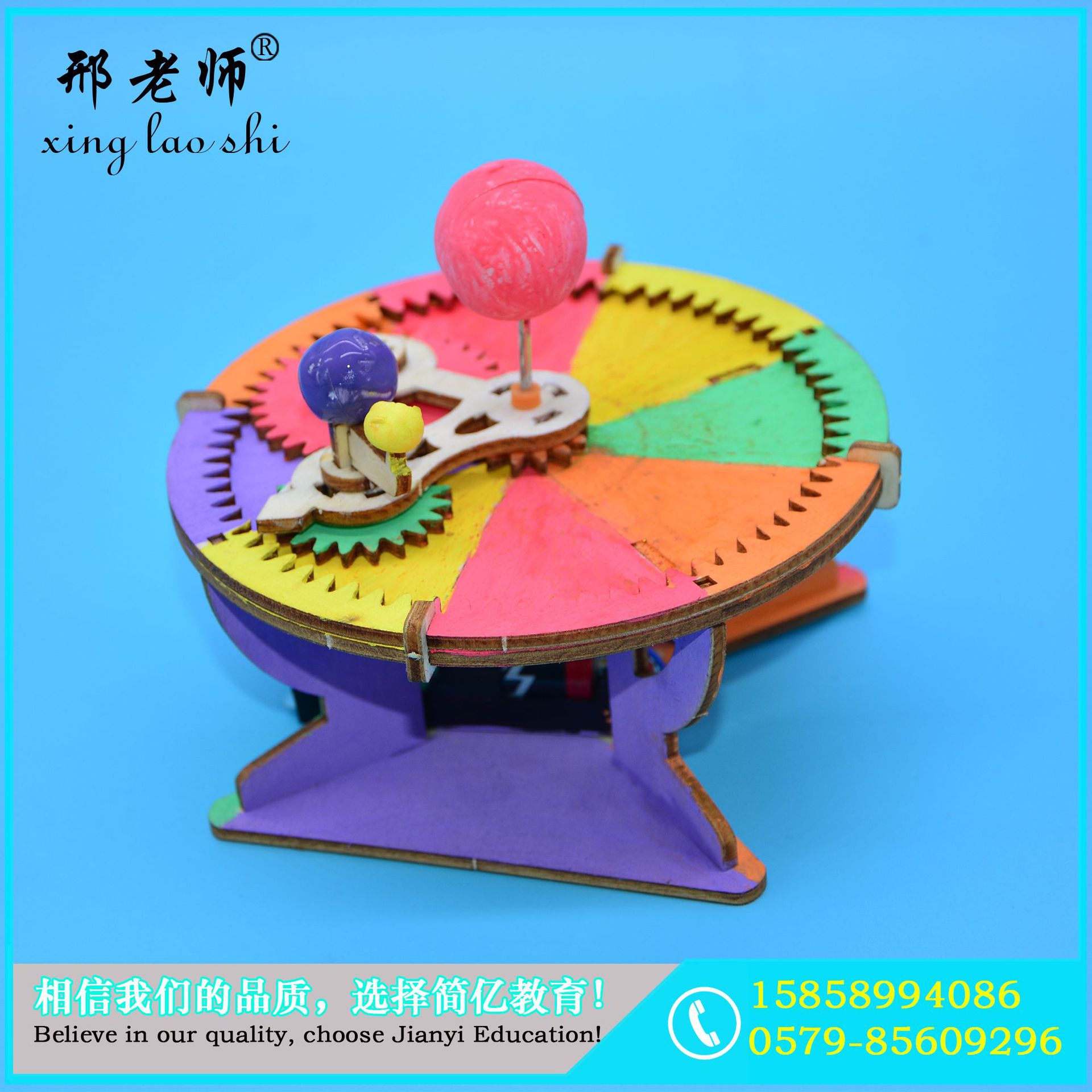
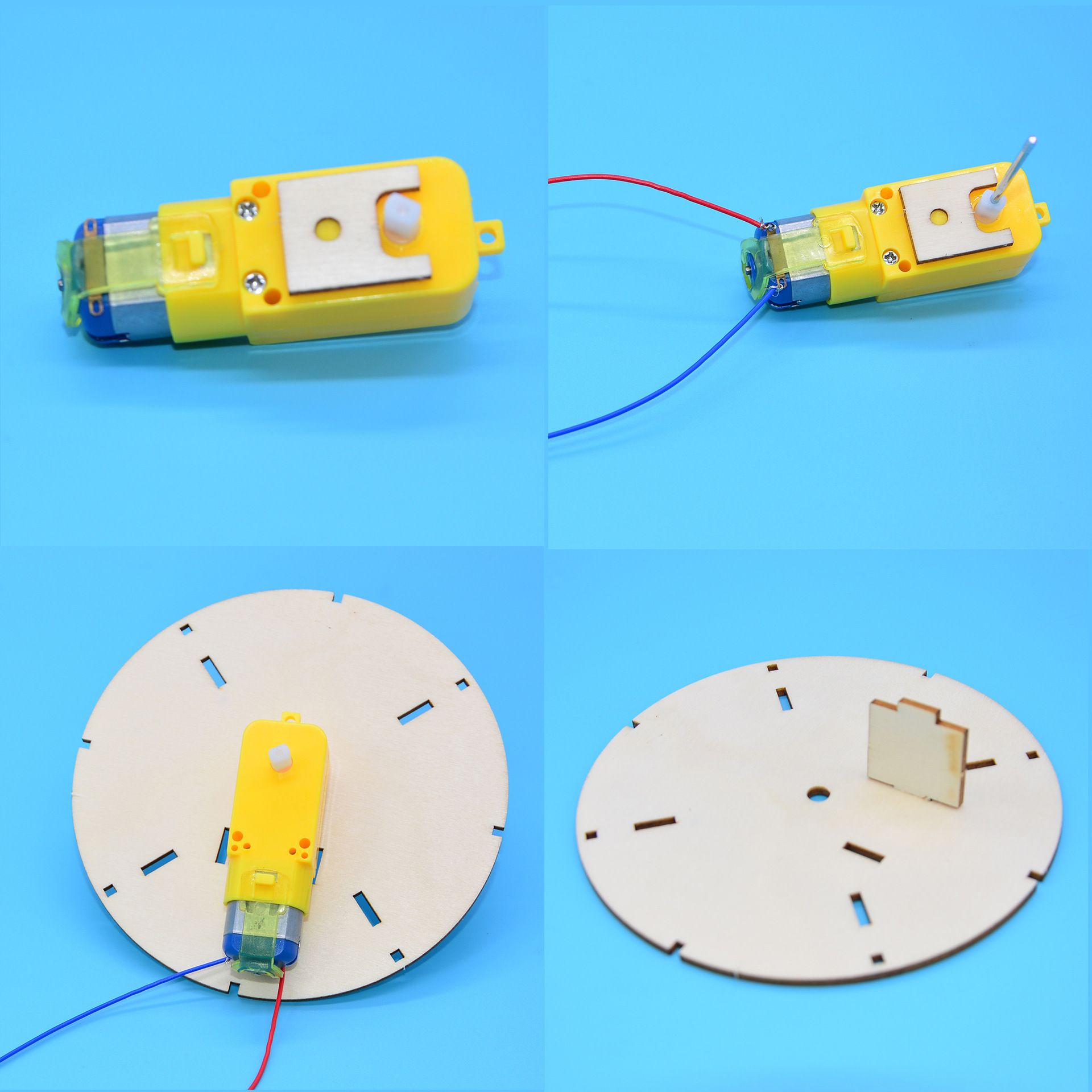
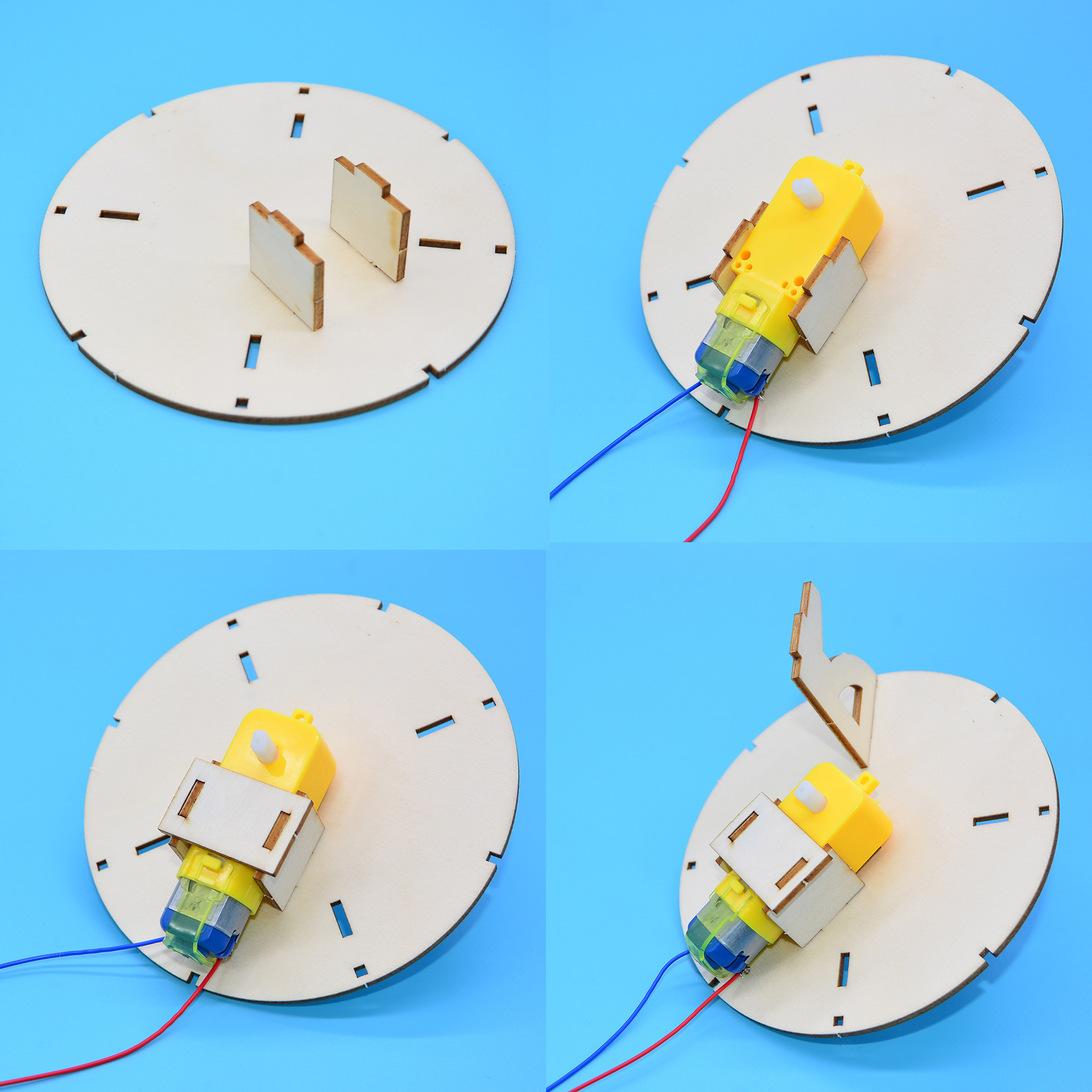

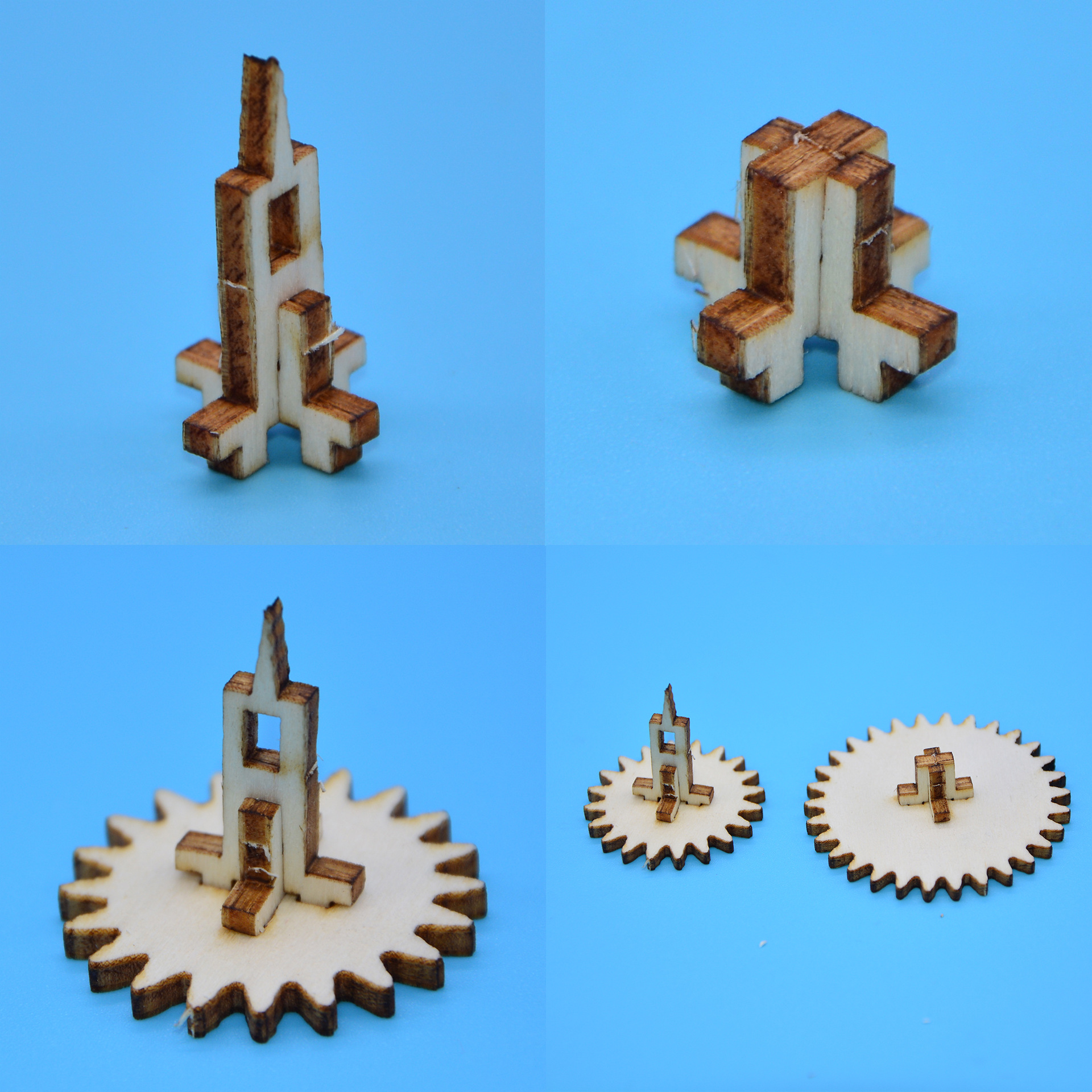


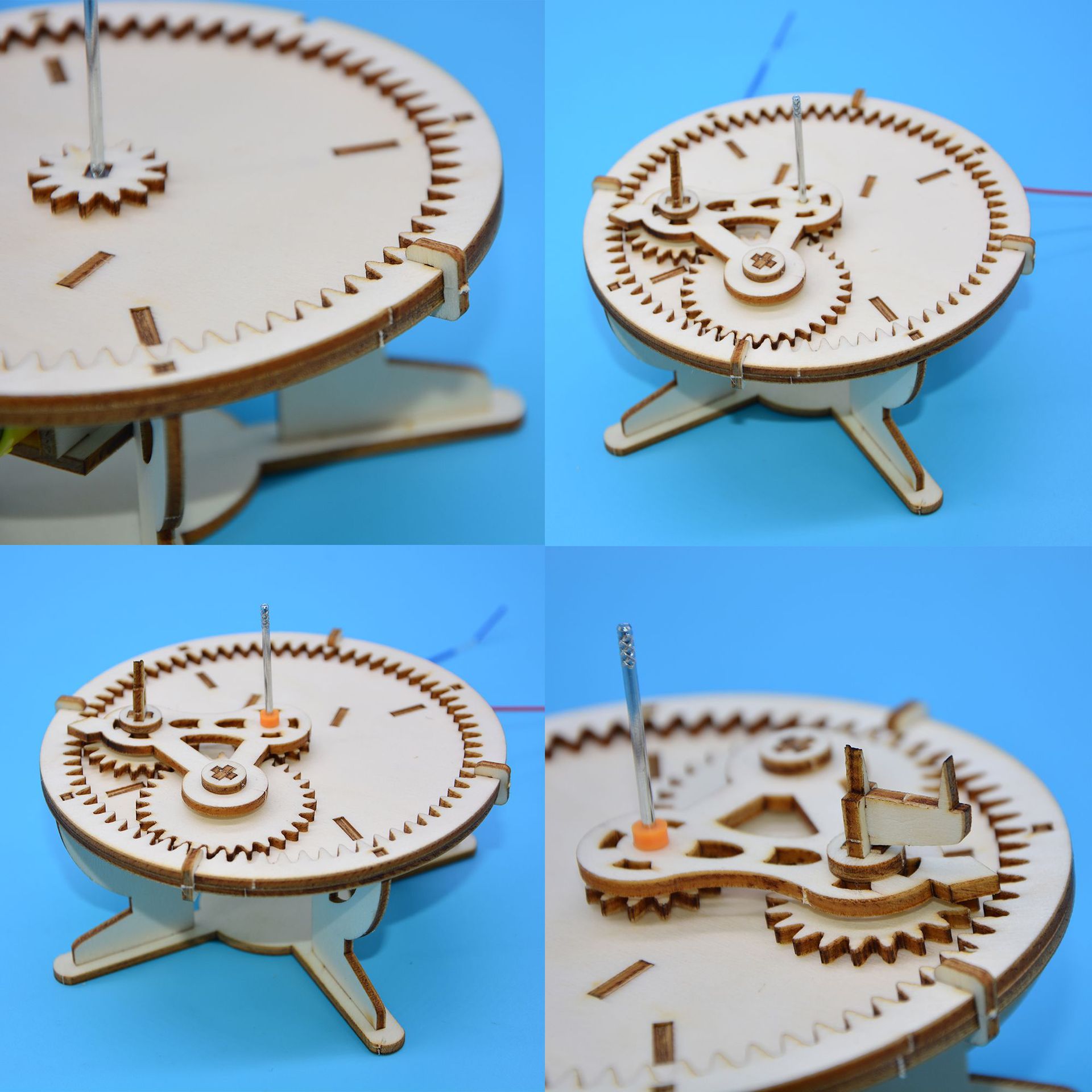


The terre-cronome is composed of three spheres representing the sun, the earth, and the moon, along with a mechanical linkage system to demonstrate the relationships among these bodies and the resulting astronomical phenomena. To mimic the true conditions of nature, the sun in the middle is typically illuminated by a light bulb to illuminate the earth and the moon. The earth rotates around the sun on an inclined orbit, and the moon orbits the earth's path, which intersects with the earth's orbit around the sun to form an angle. This allows for the demonstration of solar and lunar eclipses, the phases of the moon, the earth's rotation and revolution, the alternation of day and night, and the seasons.
The purpose of this novel utility model is to provide a lunar-terrestrial motion model that not only objectively reflects the spatial positions of the three celestial bodies of the sun, the earth, and the moon, but also intuitively and systematically demonstrates the operation of the sun, the earth, and the moon, as well as the various natural phenomena produced by the mutual motion of these three celestial bodies.
The Earth orbits the sun, rotating approximately once every 365 days; the moon orbits the Earth, rotating approximately once every 365 days. Both also have their own rotation.

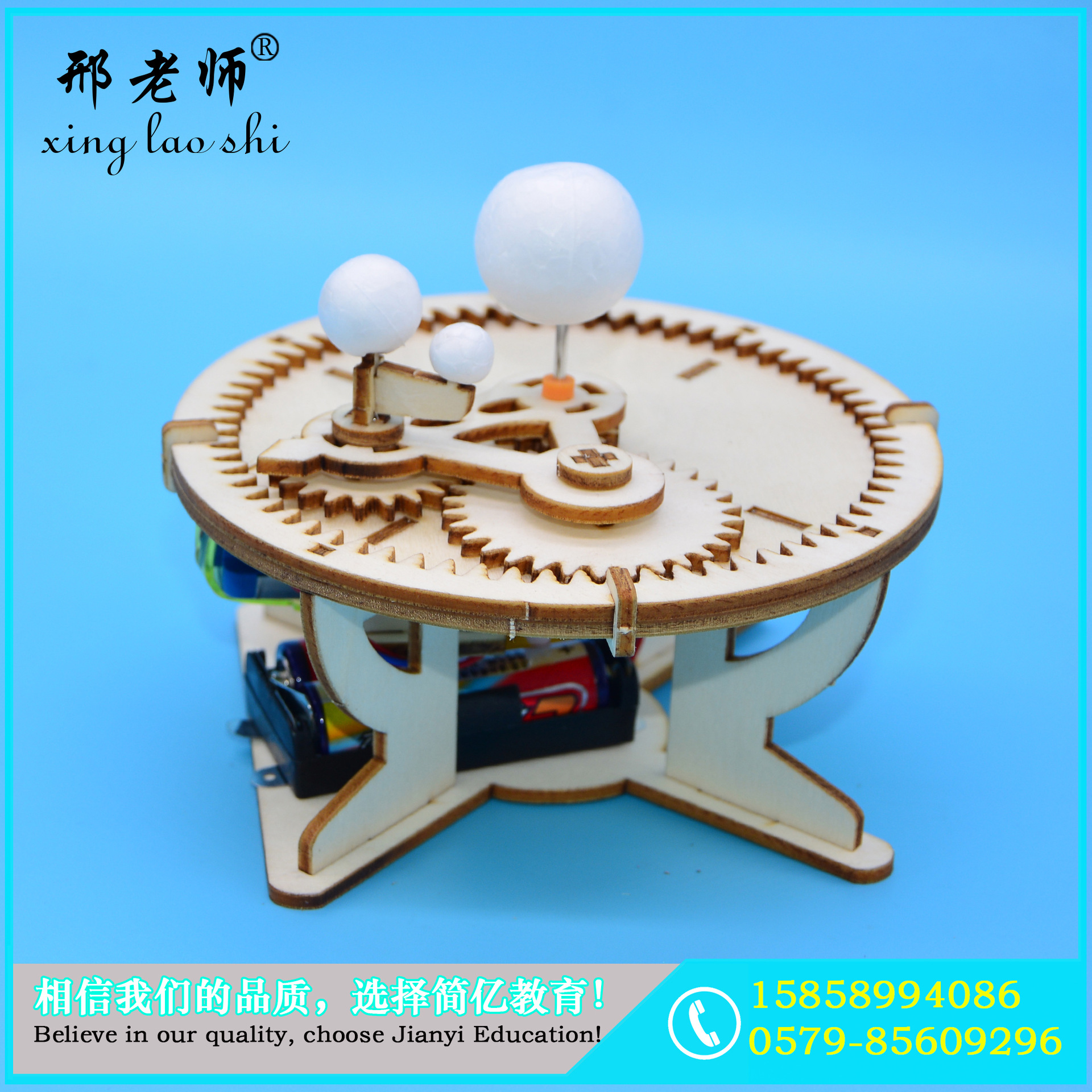
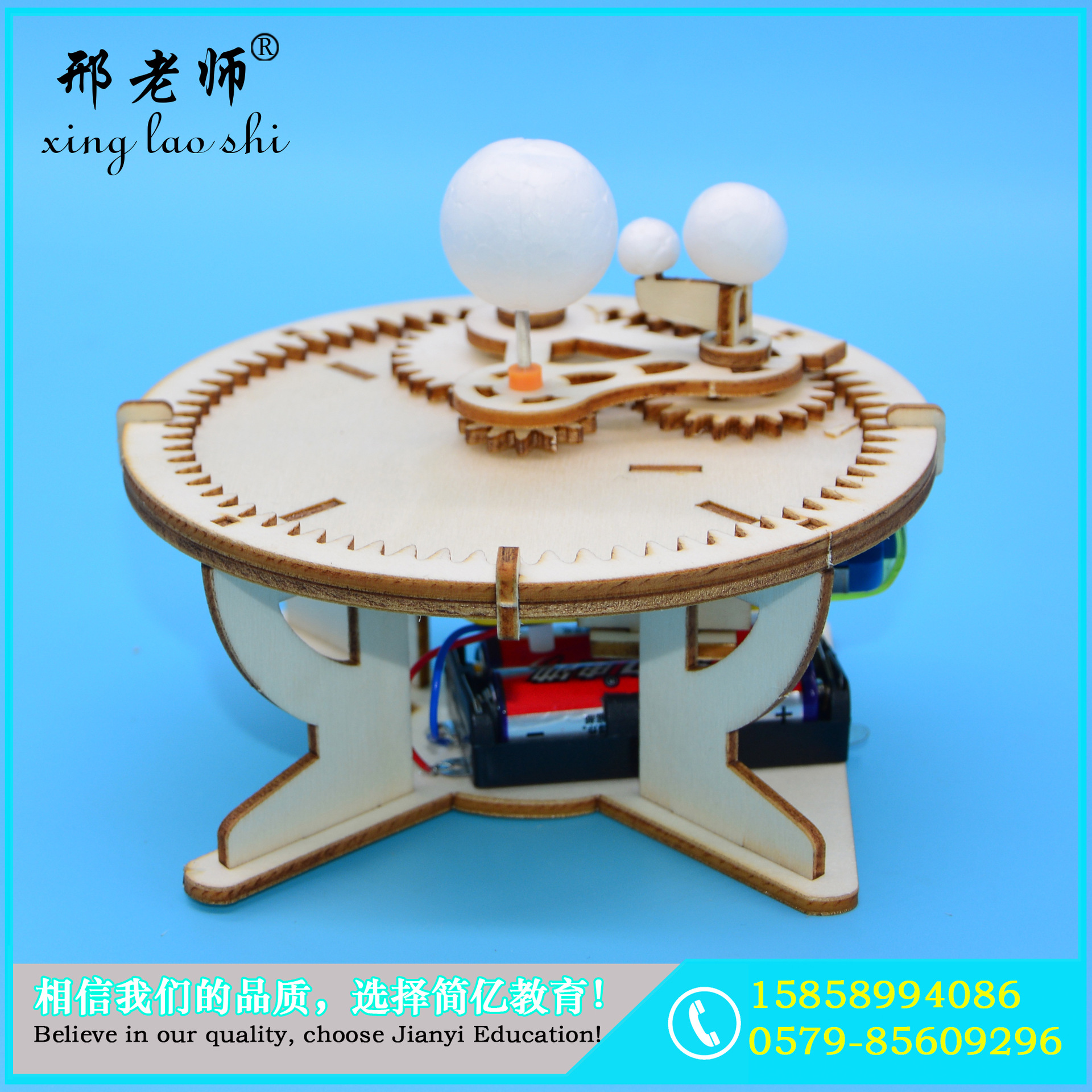



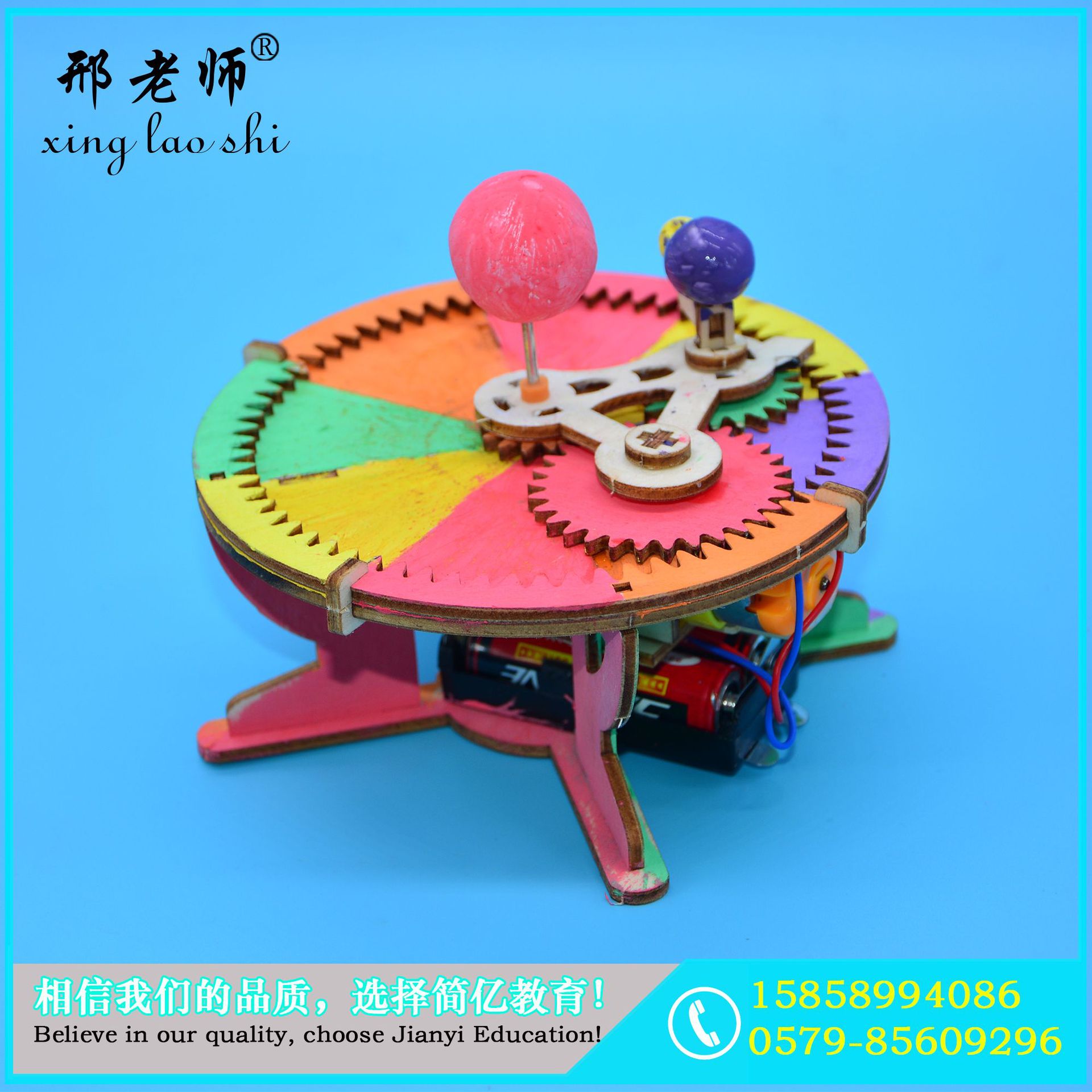
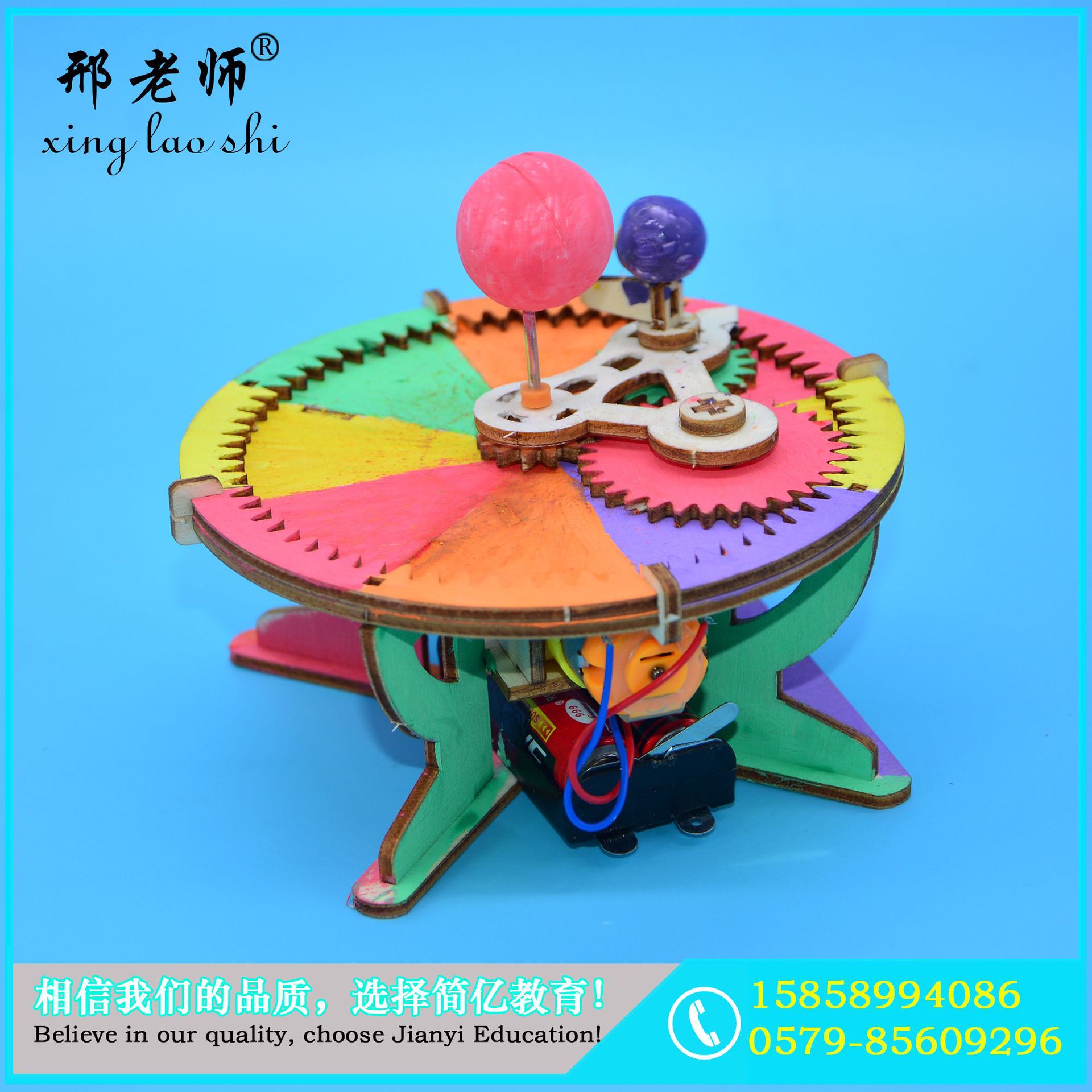

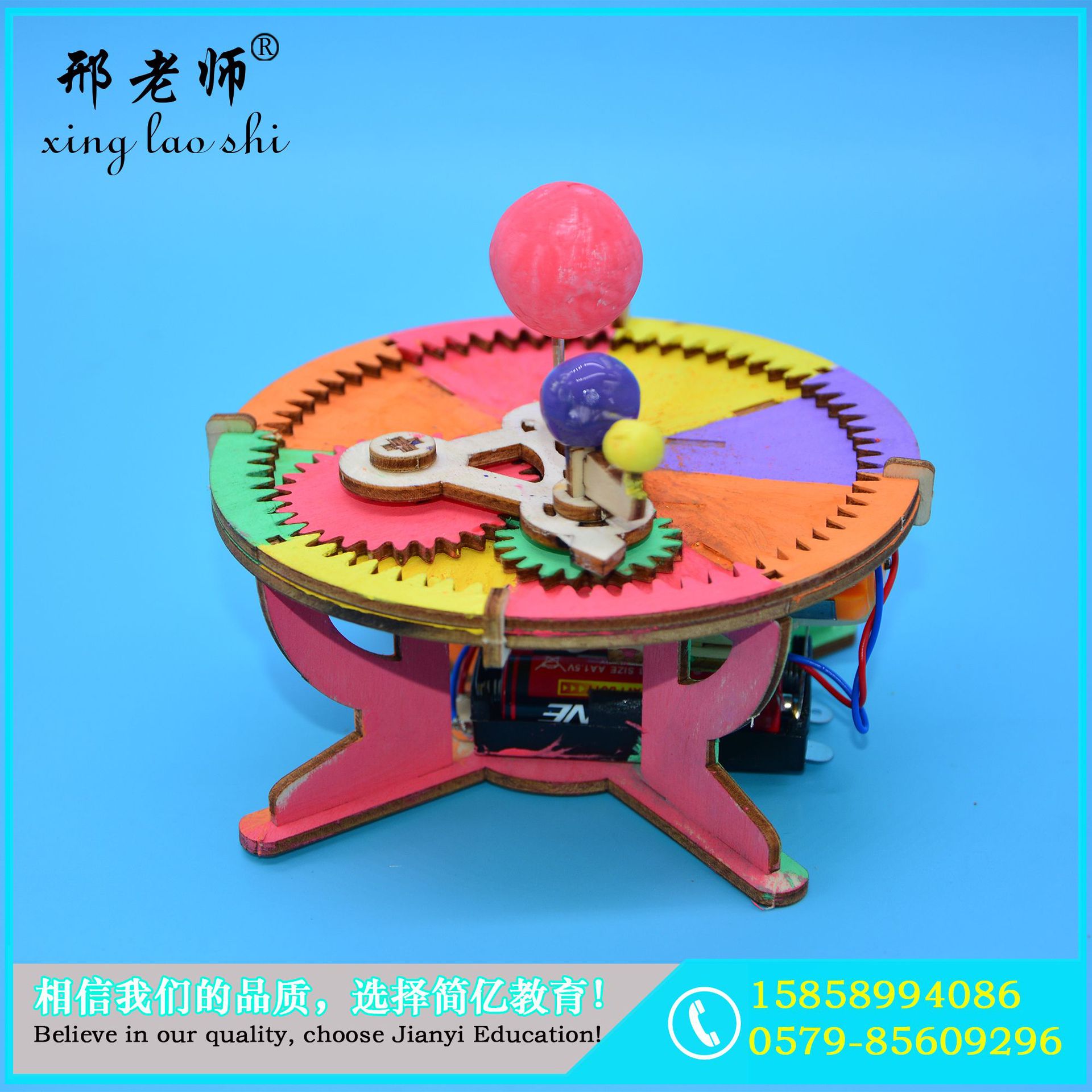
A lunar eclipse is a special astronomical phenomenon, which occurs when the Moon moves into the Earth's shadow. In the region between the Moon and the Earth, the area will see the Moon missing a piece because the sunlight is blocked by the Earth. At this time, the Sun, Earth, and Moon are precisely (or almost) aligned on the same straight line. Lunar eclipses can be divided into three types: partial lunar eclipse, total lunar eclipse, and penumbral lunar eclipse. Lunar eclipses can only occur around the time of the Chinese lunar calendar's 15th day.
The Earth casts a shadow in the direction away from the Sun, which is known as the Earth's shadow. The Earth's shadow is divided into two parts: the umbra and the penumbra. The umbra is the area where the Sun's rays do not reach directly, while the penumbra is where the Sun's rays only reach partially. During the Moon's orbit around the Earth, it sometimes enters the Earth's shadow, which causes a lunar eclipse. When the Moon completely enters the umbra, a total lunar eclipse occurs; however, if only part of the Moon enters the umbra, a partial lunar eclipse occurs. Both total lunar eclipses and partial lunar eclipses are umbral lunar eclipses.
Lunar eclipses can be divided into three types: lunar eclipse, total lunar eclipse, and penumbral lunar eclipse. When only part of the moon enters the Earth's umbra, a lunar eclipse occurs. When the diameter of the Earth's umbra is still about 2.5 times that of the moon, the moon will completely enter the Earth's umbra, causing a total lunar eclipse. If the moon is always partially covered by the Earth's umbra, that is, only part of the Earth's umbra, a lunar eclipse occurs. There will be no lunar ring eclipse on the moon. Because the volume of the moon is smaller than the Earth's umbra, the phenomenon of lunar ring eclipse will not occur. The number of lunar eclipses that occur each year is usually 2, sometimes 3, and sometimes none. Because in general, the moon does not pass through the Earth's umbra from above or leaves from below, it rarely passes through or partially passes through the Earth's umbra, so in general, lunar eclipses will not occur. According to statistical observations, the percentage of penumbral lunar eclipses, lunar eclipses, and total lunar eclipses in a century is about 36.60%, 34.46%, and 28.94%.
The beginning of the penumbral phase of a lunar eclipse: The moon has just made contact with the penumbral region, and it is not visible to the naked eye at this stage. The formal process of a lunar eclipse is divided into five stages: first contact, total eclipse, maximum eclipse, second contact, and total eclipse.
Half-shadow phase begins: The moon has just made contact with the half-shadow zone, and the brightness of the moon's surface slightly decreases, but it is difficult to detect with the naked eye.
First contact (only for lunar eclipse and total lunar eclipse): marks the beginning of the lunar eclipse. The moon slowly enters the shadow of the Earth, with the moon and the Earth's umbral shadow making a secondary contact.
食既(仅月全食):月球进入地球本影,并与本影次内切。月球刚好全部进入地球本影内。
食甚:月圆面中心与地球本影中心接近的瞬间,此时前后月球表面呈红铜色或暗红色。(原因:太阳光经过地球大气层时发生折射,使光线向内侧偏折,但每种光的偏折程度不一样(色散),红光偏折程度大,接近地球阴影,映在月球上;此外,由于大气层的灰尘及云的含量与位置不同,光线偏折程度会有不同,因此月全食时的月球是暗红、红铜、或橙色的。同样的道理,由于大气层的折射,朝阳与夕阳不是白色的,而根据高度因为大气折射程度不同,呈现橙色或红色。)
Total lunar eclipse (only during a full moon): As the moon moves within the Earth's umbral shadow, it makes a second internal contact with the Earth's umbra. When the eastern edge of the moon makes internal contact with the eastern edge of the Earth's umbra, the total eclipse phase ends.
Total lunar eclipse (only for lunar eclipse and lunar eclipse): The moon gradually leaves the Earth's umbra, and the second time it is outside the Earth's umbra. The western edge of the moon and the eastern edge of the Earth's umbra are outside, and this is when the lunar eclipse process ends. The degree of the moon being eaten is called "the degree of eating", which is equal to the ratio of the distance from the edge of the moon wheel to the Earth's umbra at the time of the eclipse to the lunar visual axis.
Half-shadow eclipse ends: The moon has left the penumbra, and the entire lunar eclipse process is officially completed. A partial lunar eclipse does not have the phases of total eclipse or penumbral eclipse, and the point of greatest eclipse only indicates the moment when the moon is closest to the Earth's shadow.
The size of a lunar eclipse is indicated by the eclipse magnitude. The eclipse magnitude is equal to the ratio of the lunar visible diameter that enters the umbra during the eclipse to the entire lunar visible diameter. If the moon exactly touches the umbra at the maximum eclipse, the eclipse magnitude is equal to 1. If the moon enters the umbra deeper, the eclipse magnitude is expressed by a number greater than 1. A total lunar eclipse has an eclipse magnitude greater than or equal to 1. A partial lunar eclipse has an eclipse magnitude less than 1. The eclipse magnitude of a penumbral lunar eclipse is expressed by the ratio of the lunar diameter that enters the penumbra to the entire lunar visible diameter. When the eclipse magnitude of a penumbral lunar eclipse is greater than 0.7, it can be perceived by the naked eye.
Update time:
TOP